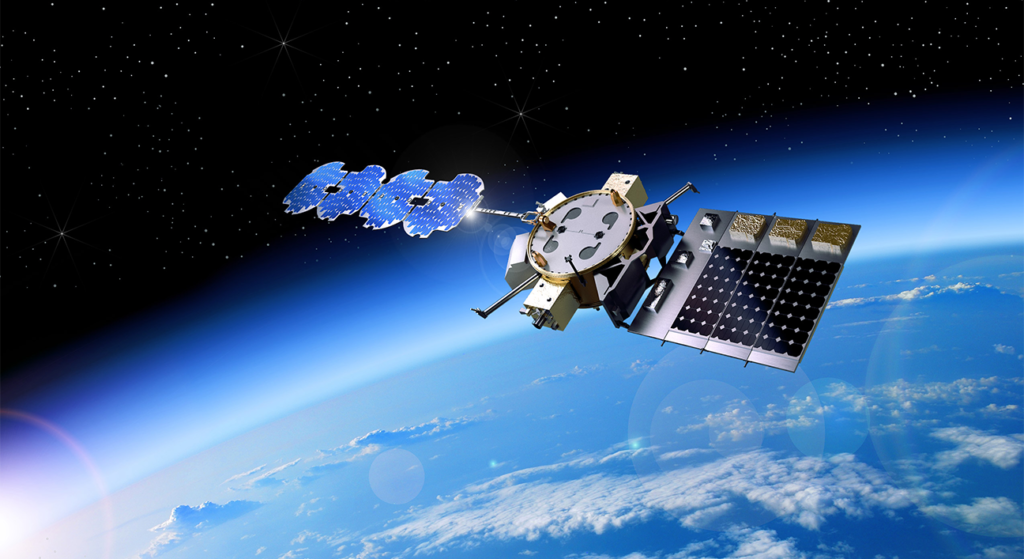
Since 2021, our world has been facing a global energy crisis. We can see its effects from the increasing prices and bills since we need energy to power factories, homes, etc. The causes? Climate change, energy wastage, the Ukraine war, quarantine… This list goes on. But more importantly, how do we fix it?
The solution could be in outer space.
We all know about solar panels, and how it is a more efficient way to gather energy by using the light energy given by the sun. Yet because of our atmosphere, we are not getting enough energy from the sun. The simplest way to avoid this is to put these solar panels in outer space. This way of receiving solar energy is called Space-Based Solar Power or SBSP.
The idea for SBSP came from a science fiction short story named “Reason” by Isaac Asimov. Research for this began in 1968, and the first model was patented in 1973 by Peter Glaser. Slowly, this idea straight from Sci-Fi is transforming into a goal that space agencies across the globe––from NASA to ISRO to ESA to JAXA––are all working hard to implement.
How are these space agencies trying to get solar energy from space?
There are two ways to do this: Microwave Transmitting Solar Satellite or Laser Transmitting Solar Satellites.
Both type of satellites work in a similar way. They both reflect the Sun’s energy to these collectors. The collectors then convert to another form of energy. The type of energy it gets converted to depends on the type of satellite. If it is a Microwave Transmitting Solar Satellite, it gets converted to microwave energy, while if it is Laser Transmitting Solar Satellite, it gets converted to a laser beam. This new form of energy is sent to Earth and collected by antennas, which convert this energy to usable electricity.
Pros and Cons of Each Satellite
You may be wondering how does the differing ways to receive solar energy from space affect us, so let’s look at the advantages and disadvantages of both ways.
First, the advantages. Microwave Transmitting Solar Satellites can give us more energy at a time, so it is more efficient. On the other hand, Laser Transmitting Solar Satellites are more cheap to build, so it is more cost effective.
But both solutions have their own disadvantages. Microwave Transmitting Solar Satellites are more expensive to develop and take up a lot of space on Earth to be able to receive this energy. Laser Transmitting Solar Satellites delivers less energy and also have some safety concerns as well. Despite the differences, both ways are still working solutions.

Although we are not there yet, Space Based Solar Energy is not as far as it looks. Who knows? Maybe by 2050, we are all paying less on energy bills because of something that we thought was just science fiction.

